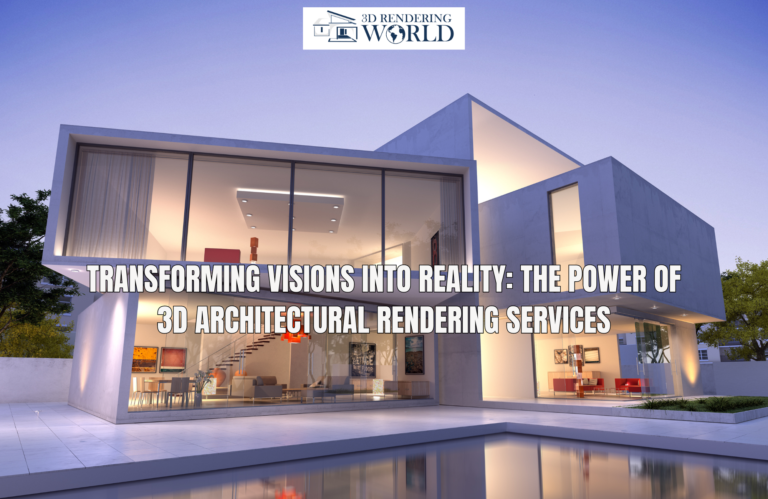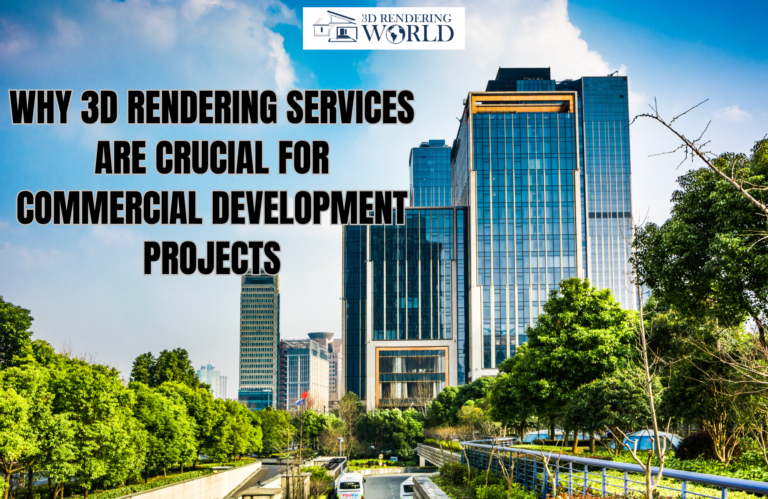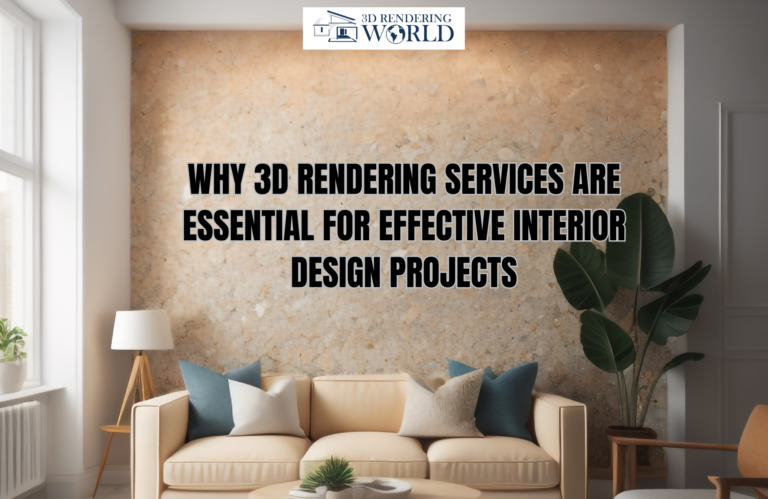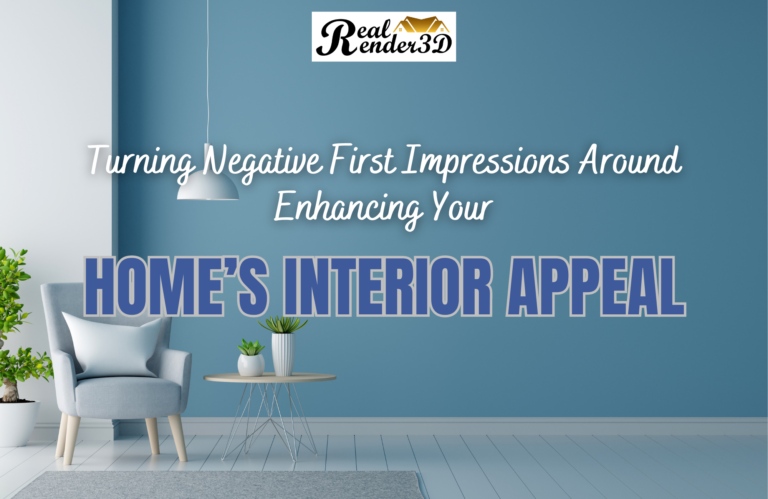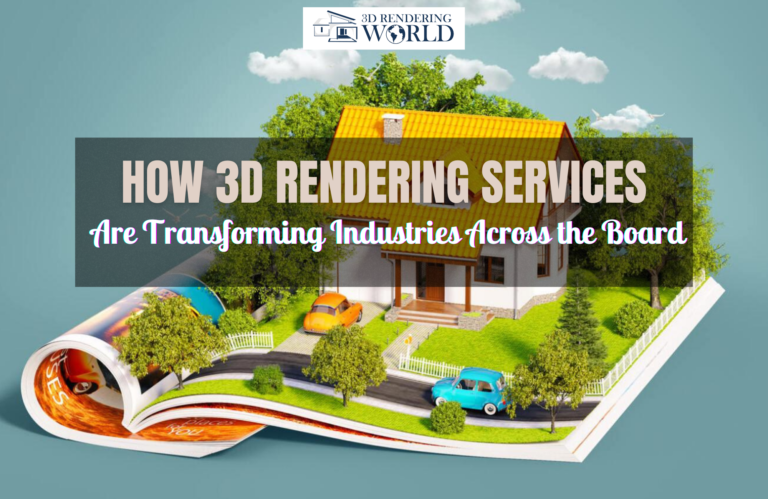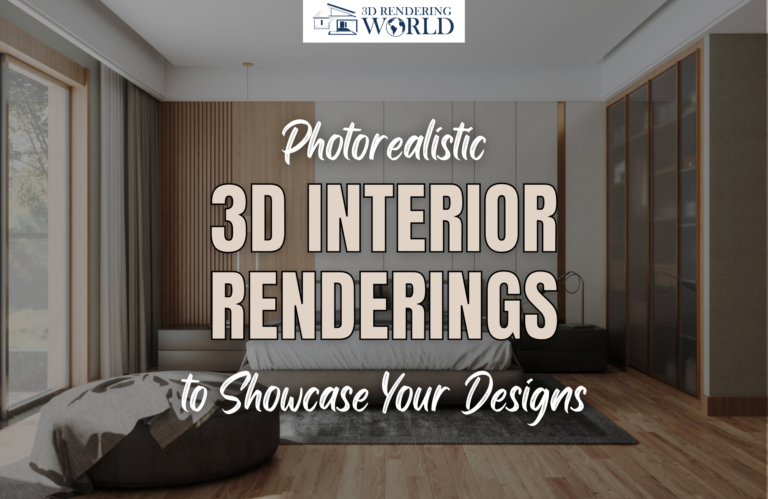Introduction
The process of creating stunning architectural 3D exterior renderings requires a balance of artistry and technical expertise. 3D rendering services strive to blend imaginative freedom with methodical workflows to construct visually compelling yet feasible visualized designs. This combination allows clients to bring creative concepts to life while ensuring buildability.
Leveraging Technology without Sacrificing Originality
Advanced graphics technologies provide remarkable capabilities for producing photorealistic architectural visualizations. However, 3D rendering services must be careful not to have technical wizardry override design creativity. The 3D visualization process should enhance and extend inventive thinking, not hinder it by imposing excessive systematic restrictions. Experienced services understand how to allow flexibility around artistic expression during initial model and scene development stages, while applying pragmatic procedures during systematic rendering stages.
Collaborating Across Specialties
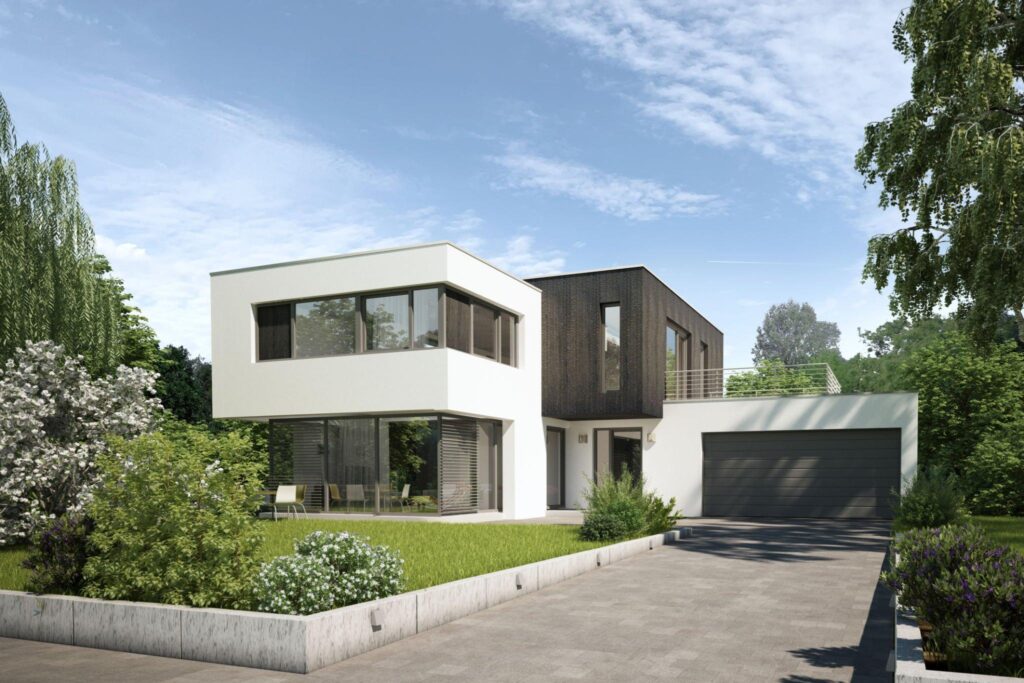
Architectural projects demand expertise across numerous domains—from structural engineering to materials science. With many specialists involved, effective collaboration is critical. A competent 3D exterior rendering service promotes multidisciplinary teamwork by using common data frameworks, standardized asset libraries, and cloud-based project management tools. These solutions break down communication barriers between creativity-focused designers and rigor-oriented engineers, enabling cooperative realization of ambitious visions.
Future-Proofing Designs Requires Balancing Vision and Practicality
Inspirational design concepts lose relevance if they cannot translate into physical buildings. Therefore, even the most forward-thinking architectural 3D exterior renderings must account for constructability constraints. Leading rendering services consult engineering specifications and building standards while modeling visually stunning scenes. They also utilize parametric modeling techniques and procedural texturing workflows to easily modify detailed designs. Such strategies future-proof creative designs by facilitating adaptation to evolving build requirements or new discoveries post-rendering.
Conducting Iterative Reviews Across Project Phases
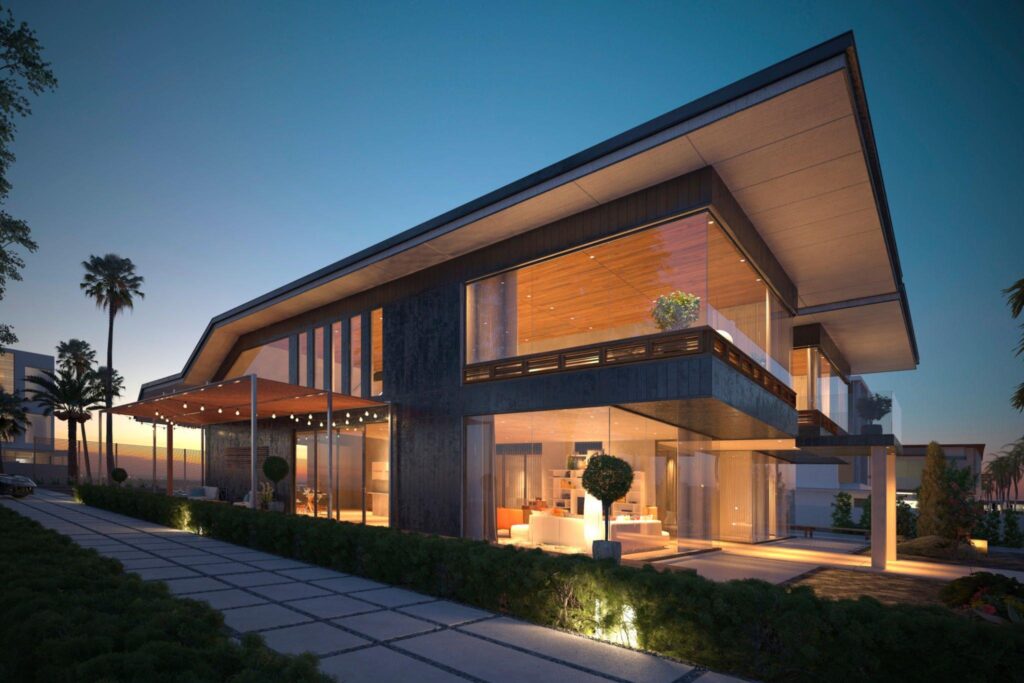
The architectural visualization process provides valuable opportunities for iterative evaluation from initial concept to photorealistic renders. Throughout each project phase, there are review points where designers and 3D rendering artists can assess creative decisions relative to practical feasibility criteria. This feedback loop tightens alignment between artistic intent and buildability, saving effort downstream by addressing inconsistencies early when relatively minor 3D model adjustments can yield alignment.
Leveraging Reusable Elements for Consistent Realism
While every building design is unique, there are elements that routinely feature across projects like landscaping, humans/vehicles, and architectural materials. Savvy 3D exterior rendering services develop reusable component libraries covering these recurring assets. These production-tested resources introduce essential visual details into 3D models quickly while meeting consistency expectations, freeing artists to focus creativity efforts on key differentiating aspects. The outcome is rendered exterior scenes balancing realistic lighting effects, shadows, textures and context items with inventive building designs—achieving a best-of-both synergy.
Optimizing Hardware and Software Synergy
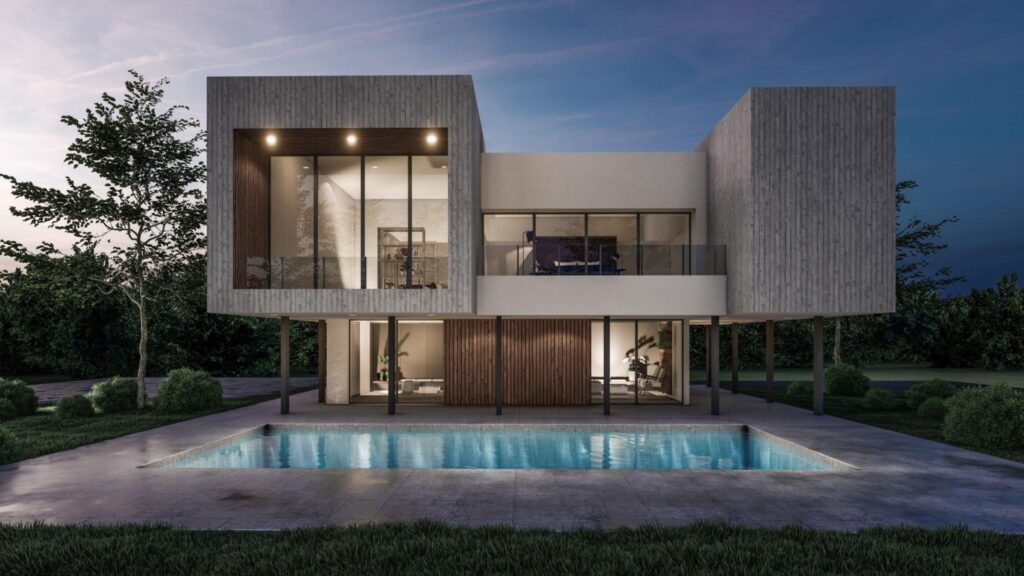
Modern architectural visualization involves sophisticated software tools and computing hardware, often leveraging GPU and cloud-based acceleration. Optimizing these technology layers requires engineering effort but prevents creativity bottlenecks. Therefore, leading 3D visualization services invest heavily in upgrading graphics cards, memory, storage as their software evolve. They analyze render times based on model polygons and texture sizes to right-size cloud render farm resources needed for target image fidelity and turnaround. These optimizations provide flexibility during modeling without frustrating lags when translating 3D data into 2D photorealistic architectural visuals.
Conclusion
The most compelling architectural 3D exterior renderings fuse creativity and pragmatism throughout the visualization process. Both right-brain visual artistry and left-brain systematic execution contribute vitally. By balancing these facets via effective collaborations, iterative reviews, optimized reuse, and scalable cloud infrastructure, 3D rendering services unlock imaginative building designs and constructible photorealistic visualizations. The synergistic outcome delights clients with vivid previews of their inventive architectural concepts transformed into buildable reality.
Frequently Asked Questions
Advanced visualization tools available with services empower architects to experiment with bold ideas without practical limitations initially. Modeling flexibility early in the process liberates conceptual thinking.
Leading services collaborate across specialties to transform imaginative designs into realistic renders. They conduct iterative cross-functional reviews aligning creative aspirations and engineering constraints.
Parametric modeling and modular libraries facilitate adapting base visualizations to new build specifications. Rendering services leverage these techniques for easy refinement of 3D data as requirements change.
Services optimize integration between modeling, texturing and rendering tools through compatible data structures, asset management pipelines. Some provide cloud rendering to flex hardware for target image fidelity.
Reputable services encourage client design contributions via collaborative web platforms in initial ideation phases. Constructive critiquing during interim review stages also improves creative alignment.
Yes, established agreements can enable transfer of reusable 3D model files, materials and textures to clients for derivative interior renderings, animated videos, VR experiences etc.
There can be major quality differences based on artistic talent, computing resources, specialization experience etc. Review portfolios and qualification metrics thoroughly during service evaluations.
Beyond technical skills, assess communication approach, design philosophy affinity, transparency, scalability and proven ability to extract maximum value from available project data.



